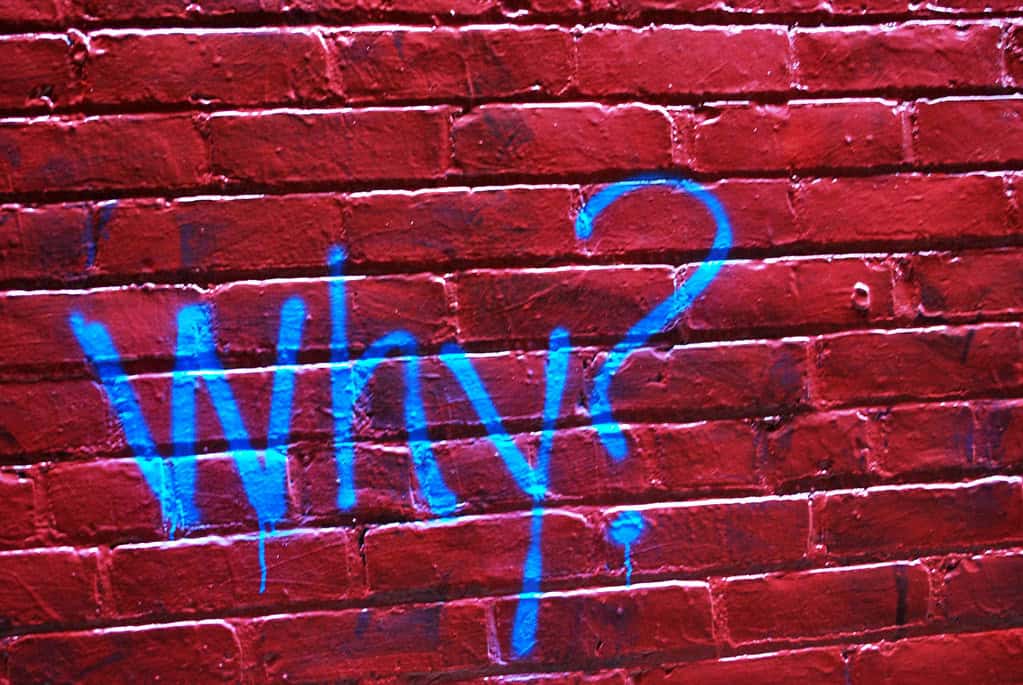Critical thinking is one of the most powerful skills you can hone, and it will help you make better decisions. As a lean management expert, I’ve seen firsthand how these skills can transform businesses. You’ll become an expert at analyzing problems, identifying inefficiencies, and solving them in a more creative way. critical thinking exercises aren’t solely for business, though. They’ll teach you how to untangle complicated problems in any area of life. So why don’t most people do these exercises?
Understanding Critical Thinking

- Critical thinking is the skill of being able to objectively analyze information and make rational judgments. It’s a skill I’ve developed at every stage of my career, from the factory floor to the board room. You might think it’s only for academics or philosophers, but that’s not true. Everyone needs critical thinking.
The main components of critical thinking are:
- Analytical skills
- Logical reasoning
- Problem-solving skills
- Open-mindedness
- Objectivity
These skills are not just helpful – they are necessary to succeed in today’s world. When I first became a production line worker, I noticed that those who applied critical thinking to their jobs always advanced. They were the people who identified neglected problems and more importantly, identified creative solutions.
Many people think critical thinking is an innate ability you’re either born with or not. This is false. Critical thinking is a skill you can learn and develop through practice. I’ve seen employees at all levels improve their critical thinking skills through deliberate practice.
Critical thinking exercises are important because they allow you to systematically develop these skills. They force you to question your assumptions and see things from a different angle. In my experience, consistently working through these exercises will make you a much better decision-maker and problem solver.]
The Importance of Critical Thinking Exercises
Critical thinking exercises have many benefits:
- Better decision-making
- Improved problem-solving skills
- Increased creativity
- Stronger communication skills
I’ve seen these benefits first-hand through my consulting work. When companies invest in critical thinking training, I see the improvements in their business operations and bottom line.
At the end of the day, these skills are incredibly valuable in the real world. You can use them to make better decisions in virtually any context, from personal finance to business problems. For example, when I was asked to turn around an underperforming manufacturing plant, critical thinking was the most important skill I used to assess the situation from all angles and develop a strategy to fix it.
Critical thinking exercises also help you avoid cognitive biases. These biases are mental shortcuts that our brains take that often lead to a bad decision. By practicing critical thinking, you become more aware of these biases and are better able to avoid falling into the trap of using them. The result is a more objective, rational decision.
Fundamental Critical Thinking Exercises
Analyzing an argument is a basic critical thinking skill where you identify the premises and conclusions and then evaluate the strength of the evidence. I’ve used this skill extensively to break down complicated business proposals and strategies.
Using the Socratic question technique is another effective strategy. Ask questions like:
- What are the key assumptions?
- What evidence is there to support that claim?
- What if there’s another explanation?
- What if it’s true, then what else is true?
I’ve used this strategy many times to question my own thinking and the thinking of my clients, and it’s amazing how often it leads to a new insight.
Argument mapping is a visual way to improve critical thinking. To create an argument map:
- Identify the main conclusion or claim.
- List any supporting premises or reasons.
- Use lines or arrows to connect the premises to the conclusion.
- Add any objections or counterarguments.
- Evaluate the strength of each line or connection.
It’s easier to evaluate a complicated argument when you can see it visually. It also teaches your brain to process and track the logic of an argument, so making logical evaluations becomes easier. I find this tool particularly helpful when I face more complicated business problems.
Problem-Solving Critical Thinking Exercises

Problem: production line is down
- Why? a machine is down
- Why? the bearing is out
- Why? the bearing wasn’t lubricated properly
- Why? the maintenance schedule wasn’t followed
- Why? there’s no system for tracking maintenance tasks
SWOT analysis is another helpful framework. Just go through the following steps:
- Identify strengths
- List weaknesses
- Consider opportunities
- Think about threats
I’ve found SWOT analysis helpful in both personal and professional scenarios. It’s a flexible framework that provides a complete view of any situation.
The decision matrix is another helpful exercise to help make unbiased decisions. Create a table with options as rows and criteria as columns. Then, score each option against each criterion and sum the scores. I’ve used this exercise to make many tough decisions in my career.
Media Literacy and Critical Thinking
In today’s information abundant world, media literacy is key. When assessing the credibility of a source, ask yourself:
- Are the author’s credentials strong?
- Are there any potential biases?
- When was it published, and is that information still relevant today?
Fact checking is another core skill to master. Always fact check information from several trusted sources. This has become increasingly important in today’s age of social media and fake news.
Reading media messages critically also means reading between the lines of the content itself. Think about why someone created the content, who benefits from it, and what might be missing from the information.
To help stop misinformation:
- Check the source’s reputation.
- Look at the URL or website name (is it unusual and unfamiliar)?
- Avoid sensational headlines.
- Double check with fact checking websites.
Scientific American published a study showing information overload helps fake news travel on social media. The solution is critical thinking.
Logical Fallacies Recognition Exercise
Recognizing logical fallacies is key to thinking more logically. Common fallacies include:
Ad hominem: Attacking the person making the argument rather than the argument itself
Strawman: Misrepresenting an opponent’s argument
False dichotomy: Assuming there are only two options when there are more
Appeal to authority: Accepting an argument because of the position of the speaker
To spot fallacies, analyze the structure of an argument. Look for irrelevant premises or a conclusion that doesn’t logically follow from the evidence.
You can develop this skill by practicing spotting fallacies in the real world, such as in a political debate, an advertisement, or a conversation. This will make you a better critical thinker and a stronger arguer.
Critical Thinking in Education
Integrating critical thinking into the curriculum is important because it helps prepare students for the complexities of life. Bloom’s Taxonomy is a framework designed to help students develop higher order thinking skills, with critical thinking at the top of the pyramid.
Strategies educators can use to promote critical thinking include:
- Open-ended questions
- Group discussions or debates
- Any problem-based learning activities
These strategies help students think deeply and use information in an entirely new way. I’ve seen excellent results when educators consistently use these strategies.
The challenge is that assessing critical thinking is difficult. Research shows that teachers are not very good at assessing students higher order thinking skills (HOTS) even though they believe these skills are important. Fortunately, there are strategies educators can use to assess critical thinking, such as rubrics, portfolios, and performance tasks.
Critical thinking activities are not just helpful – they’re necessary. These activities will help you develop the skills you need to thrive in a complex world, make better decisions, and solve problems more effectively. Start using these critical thinking activities today. You’ll be surprised at how much better you become at making decisions in your personal and professional life.
Closing out
Critical thinking skills are arguably the most valuable skills in the world today. I’ve personally witnessed the impact of these skills on businesses and people. The more you practice exercises like argument mapping, the 5 Whys, and SWOT analysis, the better you’ll become at thinking analytically.
Just keep in mind that critical thinking isn’t something you’re born with, but rather, a skill you can learn through deliberate practice. And as you use these tools throughout your daily routine, you’ll ultimately make better decisions, become a more effective problem solver, and feel more confident sorting through the abundance of information in the world today.

